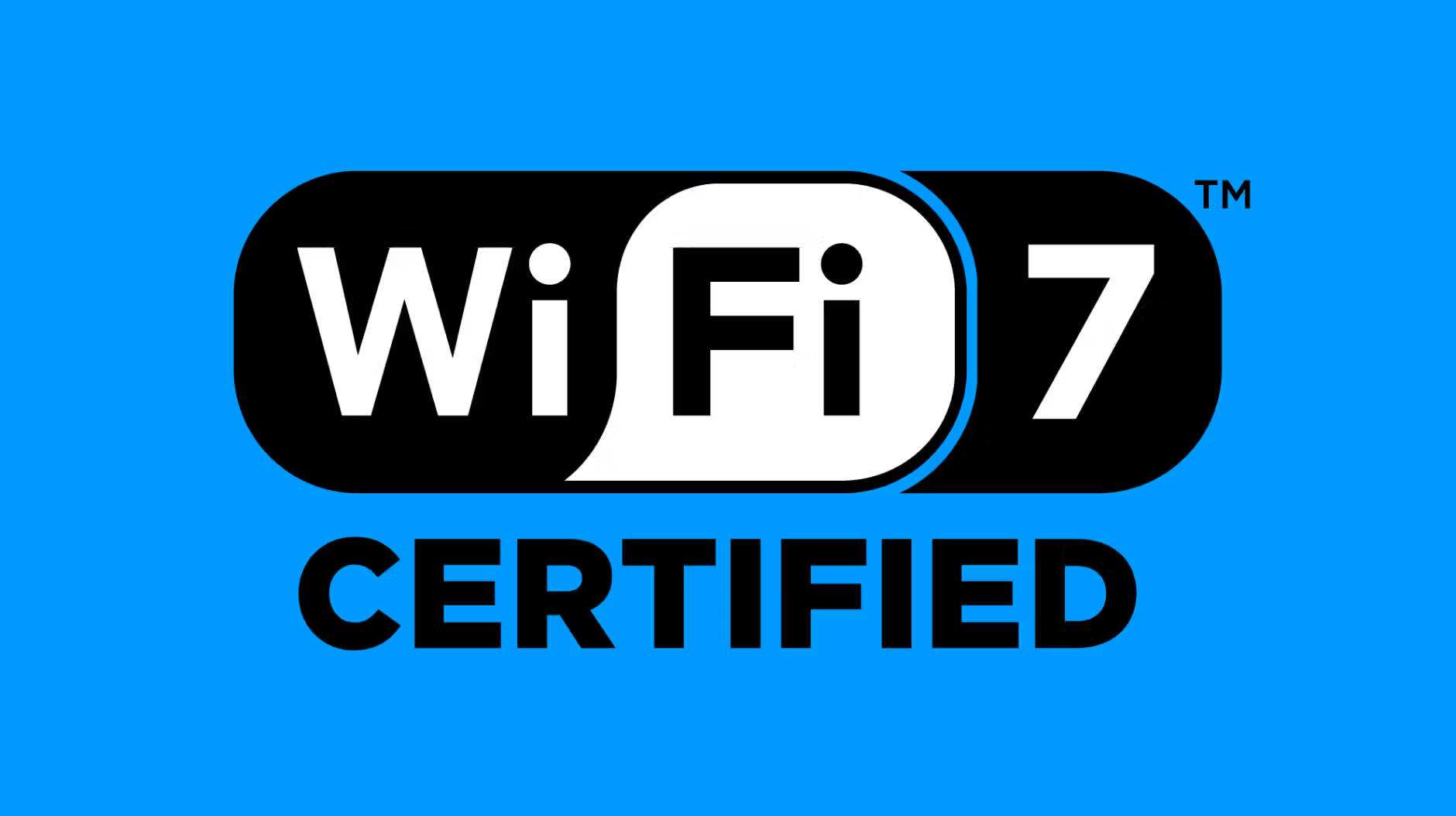Also in this category
View more in Connectivity for IoTConnectivity for IoT
What is Wi-Fi 7 and how will it transform wireless network connectivity?
Updated on February 4, 2025

Even as Wi-Fi 6 adoption continues to roll out, new innovations in wireless network technology have continued. The latest and greatest version of Wi-Fi technology, Wi-Fi 7, has already been largely completed and its release is imminent. Some limited adoption has happened already, but the greater adoption of Wi-Fi 7 will doubtlessly take some time.
Every iteration of Wi-Fi technology has both improved upon its fundamental features, and IEEE 802.11be, to give Wi-Fi 7 its technical name, is no exception. This technology builds on the fundamental basis of Wi-Fi 6 and Wi-Fi 6e, further enhancing its advantages in larger bandwidth and higher data transfer speeds. It further enhances the utility of several technologies introduced in Wi-Fi 6 and Wi-Fi 6e, making them even more beneficial to businesses.
It also introduces new technologies that expand its capabilities and improve its performance further. Innovations such as multi-link operations (MLO) and expanded channel widths improve Wi-Fi 7’s performance, with faster speeds and greater reliability. This combination of improvement and innovation makes the upcoming release of Wi-Fi 7 a groundbreaking phase in wireless technology.
Wi-Fi 7: Improvements, innovations, and new use cases
As network technologies have advanced, so too have network demands. Extremely high throughput applications, such as 8K video streaming, immersive virtual reality experiences, advanced cloud-based computing processes, and highly sophisticated AI, require extremely fast and efficient data transfer. Wi-Fi 7 is poised to deliver data rates that can exceed 40 Gbps, enabling new possibilities for digital entertainment and productivity.
Another valuable improvement is enhanced use of available spectrum. Using preamble puncturing, a technology introduced in Wi-Fi 6 that allows an access point to section off part of a wireless channel to constrain interference, in combination with wider 320MHz channels enables much more consistent performance. With this improvement, enterprises can avoid the bottlenecks associated with high-demand areas, such as airports and stadiums.
This advanced capacity is further enhanced with other technologies introduced in Wi-Fi 6, most notably Orthogonal Frequency Division Multiple Access (OFDMA) and Multi-User Multiple Input Multiple Output (MU-MIMO). These technologies allow users to simultaneously transmit data over the same frequency band and enable routers to send data to multiple devices simultaneously, greatly enhancing the efficiency of bandwidth sharing and improving the user experience in high-demand environments.
New innovations in wireless technology also expand the utility of Wi-Fi 7. Multi-link operation (MLO) allows simultaneous use of 2.4 GHz, 5 GHz, and 6 GHz frequency bands. This tri-band strategy enables data rate aggregation, enhances overall network reliability, and lowers latency. MLO also helps mitigate the risk of signal interference and channel congestion, maintaining uninterrupted connectivity for stable and efficient data flows even during peak usage times.
Wi-Fi 7 also includes additional spatial streams and advanced modulation techniques like 4096-QAM, which encodes more bits per transmission. These enhancements increase capacity for connected devices. This is especially beneficial in IoT-rich environments and smart homes, ensuring multiple devices from different manufacturers — from smartphones and laptops to smart appliances and security systems — can operate seamlessly without compromising network performance or speed.
Wi-Fi 7 future impacts on industries
The impact of Wi-Fi 7 will be far-reaching. Many market sectors, including healthcare, education, and business, will benefit significantly from enhanced support for real-time applications. Wi-Fi 7 will, in the near future, become indispensable in modern networking, facilitating smoother telemedicine consultations, virtual classrooms, and remote working. Wi-Fi 7 will address the growing need for reliable, high-performance home networking with advanced Wi-Fi routers.
By addressing the escalating demands for faster speeds, greater capacity, and enhanced responsiveness, Wi-Fi 7 is poised to redefine wireless connectivity. With its use of the 6 GHz band, advances in network performance and reliability, and innovative new features and techniques, it represents the next logical step forward in local network connectivity.
While Wi-Fi 7 currently represents the bleeding edge of Wi-Fi technology, it will soon be the leading edge and, eventually, the norm. As the technology evolves, Wi-Fi 7 will support more efficient backhaul connections and improve overall network performance, making it a crucial step forward in global connectivity.
Inseego is an industry leader in network connectivity
However, adopting the new standard will involve updating routers, access points, and client devices to ensure compatibility with the new standard, often requiring firmware updates or new hardware purchases. Service providers and consumers must consider infrastructure upgrades to fully take advantage of these new capabilities, ensuring seamless integration into existing LAN and Ethernet networks.
We have led the cellular industry in 5G adoption and deployment, offering the full spectrum of hardware, software, and support needed for complete enterprise solutions. Support for Wi-Fi 6 and 6e on our indoor cellular routers ensures your business can quickly and easily deploy and manage the latest and greatest connectivity solutions.
Contact us to learn more about how Inseego can support your enterprise connectivity needs.
Talk to our experts!
Set your customers or business up with the fastest, most secure, easiest, most reliable fixed wireless solutions.
